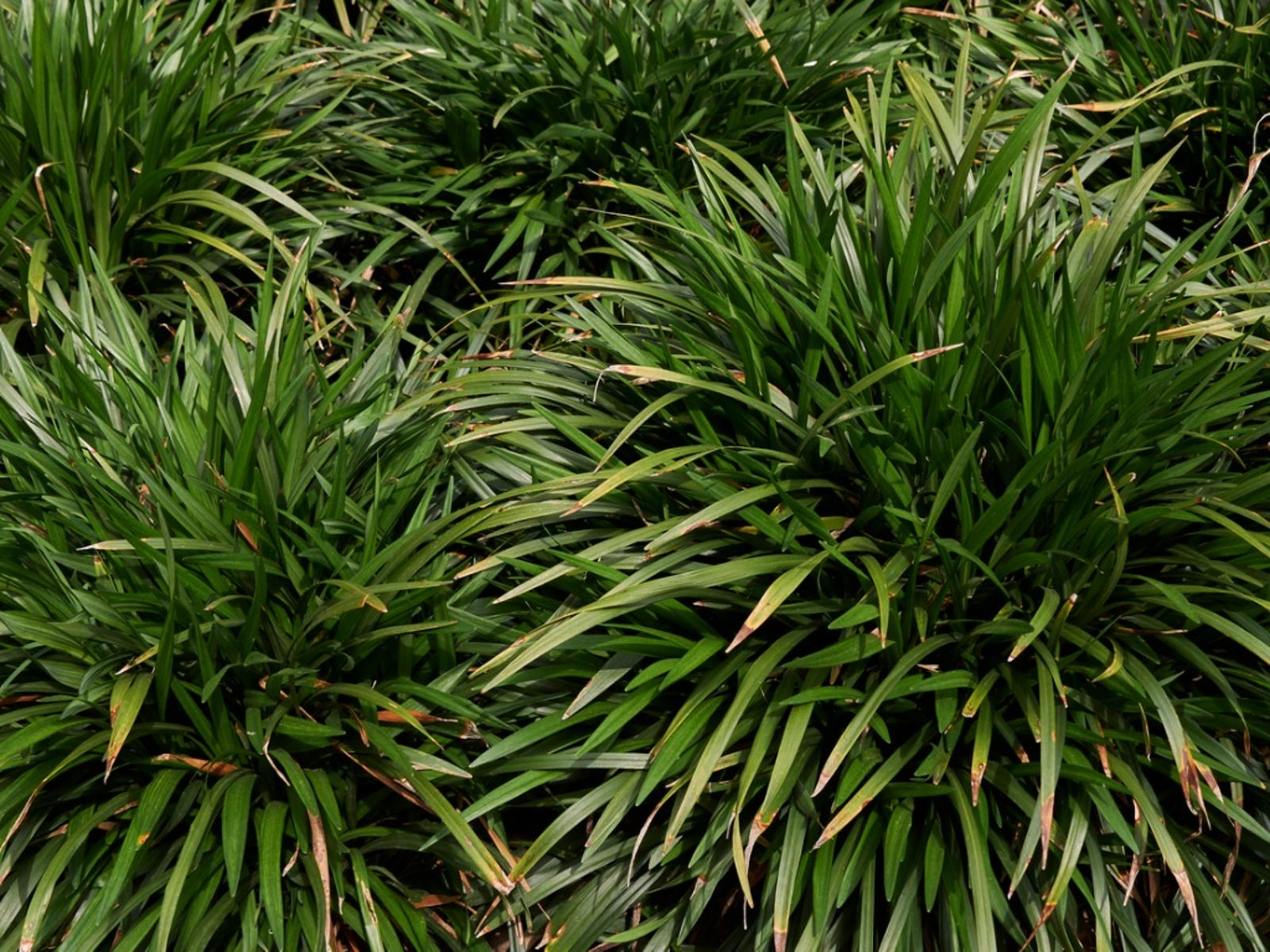Monkey Grass Control: Best Way To Remove Monkey Grass


Is monkey grass invading areas of your lawn and garden? Do you find yourself asking, “How do I kill monkey grass?” You're not alone. Many people share these concerns, but don't worry. There are things you can try to rid this intruder from your landscape. Keep reading to find out how to get rid of monkey grass.
Ridding the Garden of Monkey Grass
Monkey grass is normally a favorite addition among gardeners, as it is extremely easy to grow and care for. It's also the plant's hardiness and carefree nature that can result in its invasiveness though, as the eagerly growing monkey grass begins to turn up in unwanted areas of the landscape. That's when monkey grass control becomes necessary.
How to Get Rid of Monkey Grass
Removing monkey grass can be difficult but not impossible. There's really no single best way to remove monkey grass. Rather, you need to find the method of monkey grass control that works best for you and your particular circumstance. That said, here are some ideas for ridding the garden of monkey grass: Dig it up - Digging up unwanted plants is the easiest way of removing monkey grass, but it may also be the most time consuming depending on how much you have. You should dig up clumps and surrounding soil to ensure that you get out as much of the root system as possible. Once it's dug up, carefully check for any stragglers. You can treat the area (along with freshly cut roots) with an herbicide as well to prevent further growth. Keep in mind, though, that this could take more than one application depending on how much root growth was missed. Contain it - You can install some type of barrier or edging to keep monkey grass roots under control, minimizing its spread. These should be at least 12 to 18 inches (31-46 cm.) down for best results. This can be done at the time of planting or during summer growth. When combined with digging, you'll have a better chance of ridding the garden of monkey grass. For example, after removing monkey grass clumps, you can cover the area with plastic or landscape fabric. This should help suffocate any remaining roots or rhizomes in the ground. Call for backup - When all else fails, it's time to call in a professional to help you get rid of monkey grass. Professional landscapers or gardeners can usually do all the dirty work for you, putting their knowledge to work as well. They can normally provide any additional tips you may need once the grass has been removed should any “jumpers” crop up. Knowing how to get rid of monkey grass is a matter of having patience and choosing the method of removal that works best for you. With vigilance and time, your monkey grass control efforts will eventually pay off. Note: Chemical control should only be used as a last resort, as organic approaches are more environmentally friendly.
Sign up for the Gardening Know How newsletter today and receive a free copy of our e-book "How to Grow Delicious Tomatoes".

Nikki Tilley has been gardening for nearly three decades. The former Senior Editor and Archivist of Gardening Know How, Nikki has also authored six gardening books.